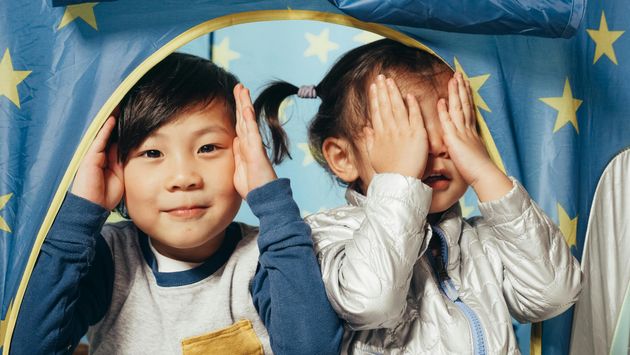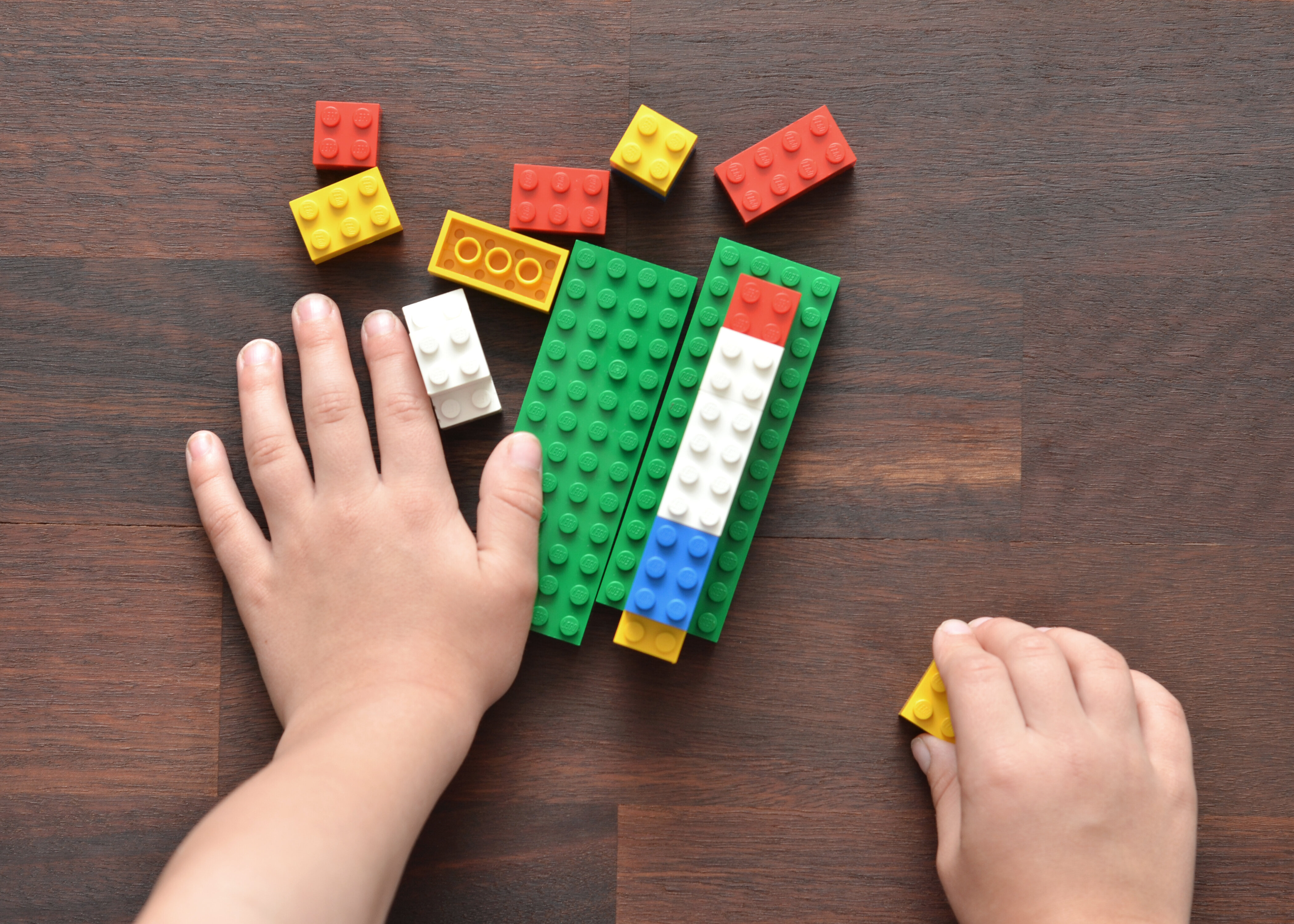No matter where you are in the world, you can communicate with a baby by covering your face, pausing, and then revealing your face again in a game of peek-a-boo.
It’s one of the sweetest universal languages there is, and a completely free form of play, transcending generations and technologies.
However, more than just a mischevious game, peek-a-boo plays an essential role in developing cognitive abilities in young minds.
Peek-a-boo is more than just a game
While to us adults, peek-a-boo is a silly game that helps us connect with babies and keep them entertained, for babies it’s actually a crucial introduction to the wider world around them.
The BBC explained: “For a baby, nothing is given. They are born into a buzzing confusion, and gradually have to learn to make sense of what is happening around them.
“You know that when you hear my voice, I’m usually not far behind, or that when a ball rolls behind a sofa it still exists, but think for a moment how you came by this certainty.”
This comes down to object permanence
A Swiss developmental psychologist called Jean Piaget suggested that babies spend the first two years of their lives figuring out object permanence. Of course, this is the exact time that we tend to spend playing peek-a-boo with our tiny relatives.
The BBC said: “Looked at this way, the game isn’t just a joke, but helps babies test and re-test a fundamental principle of existence: that things stick around even when you can’t see them.”
Repetition is key
The Scottish Book Trust said: “Peekaboo’s repetitive format is also suited to the developing brain. Babies learn best by experiencing things over and over.
“When the ritual of hiding and reappearing is repeated, babies start to tune in to your gestures and the tone of your voice to help them predict what happens next.”
How beautiful!






